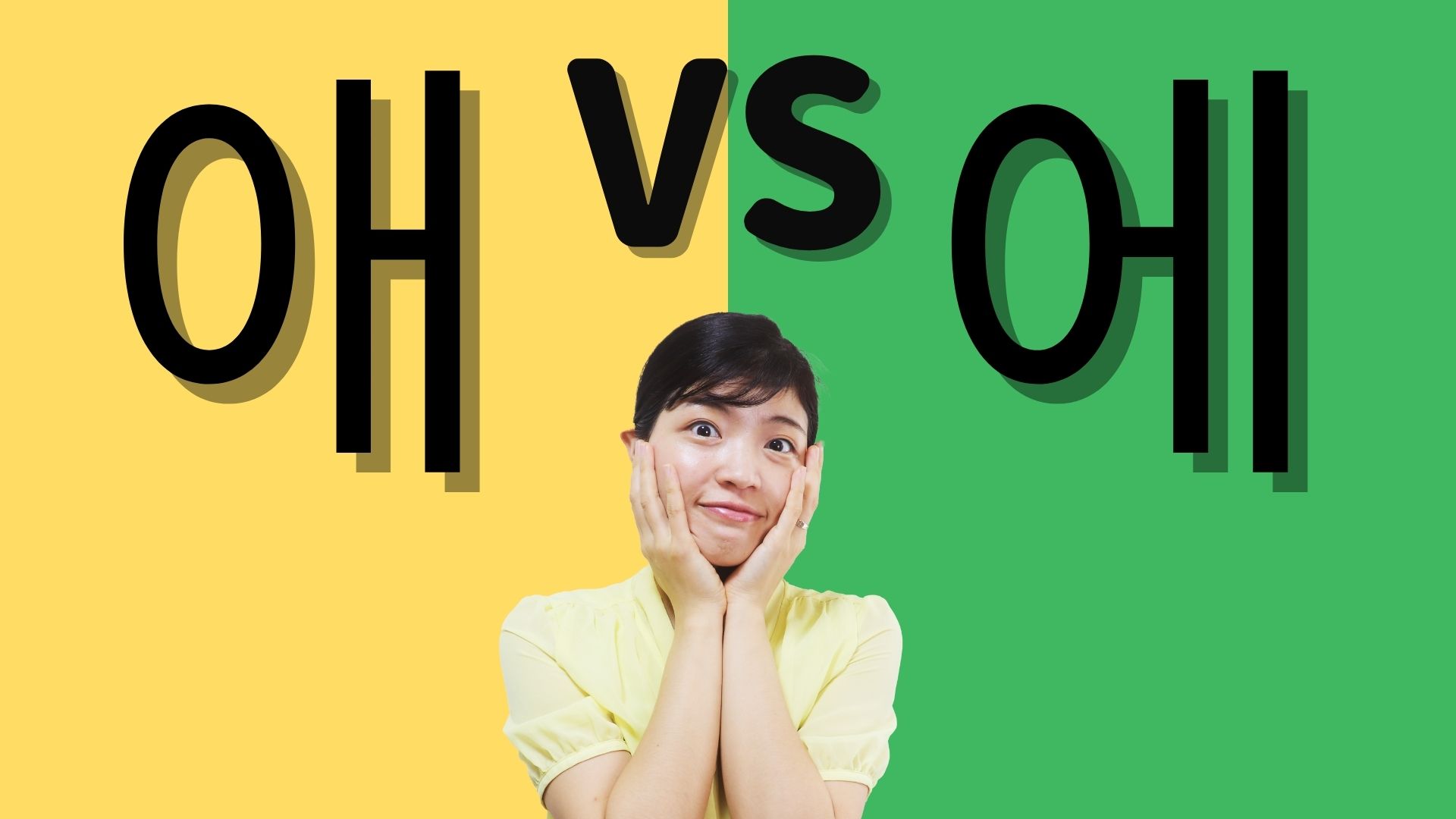안녕하세요! 토미입니다.
Today, I will teach you two vowels, 에 and 애.
Many Korean learners ask me, “Hey, Tammy, how can we distinguish the pronunciation of 에 and 애?”
My answer is they sound exactly the same.
Some teachers might say these pronunciations are different, and you might get confused.
But they are exactly the same.
Old generations or news reporters may tell the difference between 에 and 애.
But in daily conversations, believe me, most Korean people don’t care about the distinction between 에 and 애.
Since it is pronounced the same, it is hard for Korean learners and native Koreans to tell the difference in spelling.
Can you look at the shape of this vowel?
에 is the combination of 어이
애 is the combination of 아이
Korean people tell them apart by saying 에 as 어이 and 애 as 아이.
For example, when I was in high school, my friend got so confused with the spelling of 에, 어이 and 애, 아이.
My friend asked me like this.
“Hey, Tammy. Do you know the spelling of 개 in 무지개, ‘rainbow?’ ”
Then I would answer like this. “Oh, that is 개 using 아이.”
Through the journey of learning Korean, you will likely come up with these kinds of questions often.
So, when you ask a question about the correct spelling of 에 and 애, you can say 에 as 어이 and 애 as 아이.
Now, even though they pronounce the same, you should be very careful to make the correct spelling.
I think it would apply to any language.
Let’s look at English.
The word “good” is pronounced as [gud].
But if you write it “gud,” no one would understand what you are trying to say.
With that said, I will give you a fun quiz with 에 and 애.
게: a crab
개: a dog
~ Quiz ~
Can you pick the right spelling?
① [pegue] “pillow”
(1)배개 (2)베개
The answer is (2).
② [nae] “yes”
(1)네 (2)내
The answer is (1).
③ [sae myong] “three people”
(1)새 명 (2)세 명
The answer is (2).
As you can see from the quiz, even though Korean people cannot distinguish the pronunciation, they tell them apart by the content of the conversation and the spelling.
I hope you get the correct spelling every time so you will not confuse your Korean friends.
Have fun in Korean.
그럼 오늘도 행복 가득, 웃음 가득한 하루 되세요! 한국어 화이팅, 화이팅, 화이팅!!



